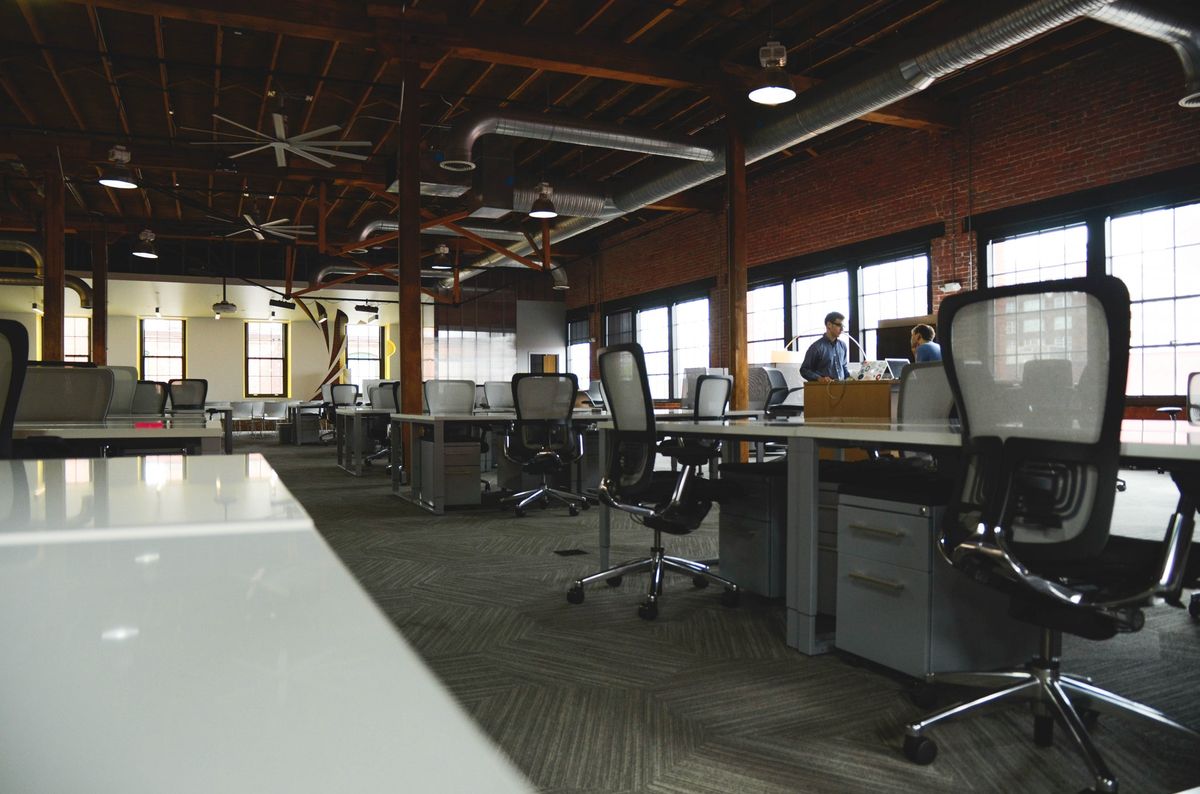How COVID-19 has changed the workplace

A few minutes every morning is all you need.
Stay up to date on the world's Headlines and Human Stories. It's fun, it's factual, it's fluff-free.
COVID-19 was the unexpected twist of 2020. This highly contagious virus caught the world off guard and has forced many people to rethink almost every aspect of their lives. One widespread effect is particularly noticeable – COVID-19 has changed the workplace. Companies and individuals alike are being forced to reconsider where and how work is completed. Many people now find themselves making the transition from full-time company employee to self-employed contractor or freelancer.
This transition brings more questions. Insurance becomes a big area of concern for those making the transition from employee to contractor or freelancer. Even something as simple as car insurance becomes a confusing stressor. The good news is that there are companies that provide auto insurance for independent contractors.
With all of the changes COVID-19 has brought to our lives, we have to wonder if the new workplace is here to stay. Companies have learned how to adapt their resources and working environments during the pandemic. Will the ways COVID-19 has changed the workplace become more long term adjustments even when things start getting back to normal?
How we work
The COVID-19 pandemic is an uncomfortable call to reexamine how we interact with others and the world around us. The call to “slow the spread” and social distance has major ramifications for the business world in the same way. Companies big and small are now re-imagining how work is completed in order to mitigate the risk of spread and sickness, but keep the world moving forward.
A renewed focus on workplace culture
Many companies are taking a closer look at the culture they create and encourage inside the walls of their businesses. Culture is usually a point of interest for many companies, but it takes on new importance in a world post-COVID. This may seem like a small change to make, but in a world of uncertainty and fear, businesses want to encourage a culture of positivity and inclusion to support their employees.
Employees are feeling the pressure on all sides. There are familial concerns, financial concerns and emotional concerns all before they start their workday. A company that fails to create a supportive culture runs the risk of further hurting their employees and their company as a whole.
If company culture takes a higher priority, however, companies can create a place where employees feel comfortable, safe and supported. Who wouldn’t want to work at a place like that?
Heightened interaction and communication
The presence of COVID-19 has caused a lot of missed workdays. Whether those missed days are because of sickness or emotional strain is of little consequence. The fact that employees are completing work in various places and at different times is the bigger concern. Having a workforce spread out and disjointed creates a greater need for interaction and communication.
Interaction is a key component of daily life, but that interaction becomes more difficult when employees are working outside the office. When employees are not interacting face-to-face, there can be an increase in mental health issues. Companies are now looking at ways to increase interaction and connection despite the physical distance.
Communication also becomes a point of contention when employees are physically separated. It’s important that every employee is able to communicate quickly and effectively with others to ensure consistency and smooth operations. Companies are discovering new ways to keep employees and departments connected through telecommunication and web-based applications for workflow.
Focus on fitness and wellness
Many companies are also taking a greater interest in the physical well-being of their employees. The best way to fight off illness and disease is to maintain an active and healthy lifestyle. The same is true for the fight against COVID-19.
Companies are now investing in healthier food and snack options for their break rooms or cafeterias while encouraging all employees to become more physically active. Whether it’s investing in the company workout facility or creating a rewards program for completing weekly activities, the desire for employees to stay active is evident in many places.

Where we work
The more visible effect of COVID-19 may be the displacement of hundreds and thousands of employees. The biggest threat of exposure to COVID-19 is large gatherings of people like the workplace. In order to keep as many people safe and reduce the risk of exposure, many employees have moved outside the physical workplace and work remotely.
Some companies have even been forced to furlough or lay off employees to deal with the many financial strains the pandemic causes. The increased demand for work has many people turning to contract work to supplement or replace their income.
Remote work
One of the most widespread ways that COVID-19 has changed the workplace is by increasing remote work. The need to keep group gatherings small has required workplaces to allow employees to work remotely from their own homes. Remote work keeps more people at home and at a lower risk of exposure, but it also changes how work is completed. Employees are now living and working in the same space as the pandemic continues to evolve and change, making some things easier and others more complicated.
The influx of remote work has had an effect on many areas of business. Many companies are attempting to navigate this new landscape, but more questions arise like the future of tech salaries as remote work takes root.
Remote work is a consequence of the COVID-19 pandemic, but it’s not something that will “return to normal.” This is the reality of the workplace now and moving forward.
Contract work
Similar to remote work is contract work. For people who find themselves without a company, there is work available on a completion or project basis. Individuals can use their various skills to work for a number of different companies or individuals and get paid.
Contract work does, however, mean you are self-employed. Self-employment means all aspects of business are placed squarely on the shoulders of the individual.
Contract work may seem more stressful, but it is an area of business seeing a large increase in the post-COVID business world. Many others have made this transition before, so there are time-tested tips and tricks to help streamline contract work like must-have apps for freelancers and tips for making the transition from full-time to freelance.
Insurance concerns
With so much changing in our world, it’s easy to let insurance slip through the cracks, but insurance still needs to be taken into consideration. In fact, job changes can and do affect insurance coverage and rates. It’s important to check with your company or search for other providers when you change jobs.
Those who find themselves transitioning to an independent contracting role should pay special attention to their car insurance coverage. Contracting roles that require a contractor to drive their own vehicle could require commercial coverage.
If that sounds expensive, there is no need to worry. There are some providers that offer special discounts and rates to independent contractors, which can offset any increase in monthly premiums.
COVID-19 has been difficult for so many people, it’s indisputable that COVID-19 has changed the workplace. If you feel overwhelmed by the constant change and discomfort, you are not alone. COVID has forced a new normal on everyone, but new doesn’t have to mean uncomfortable. Instead, new can mean exciting changes and developments in some many areas, even the workplace.
This article was written by Laura Gunn, who writes and researches for the car insurance comparison site, CarInsuranceComparison.com. She made the transition to contract/freelance work almost five years ago and is passionate about helping others find success in that change.
Have a story to share? Get in touch at contributors@themilsource.com




Comments ()